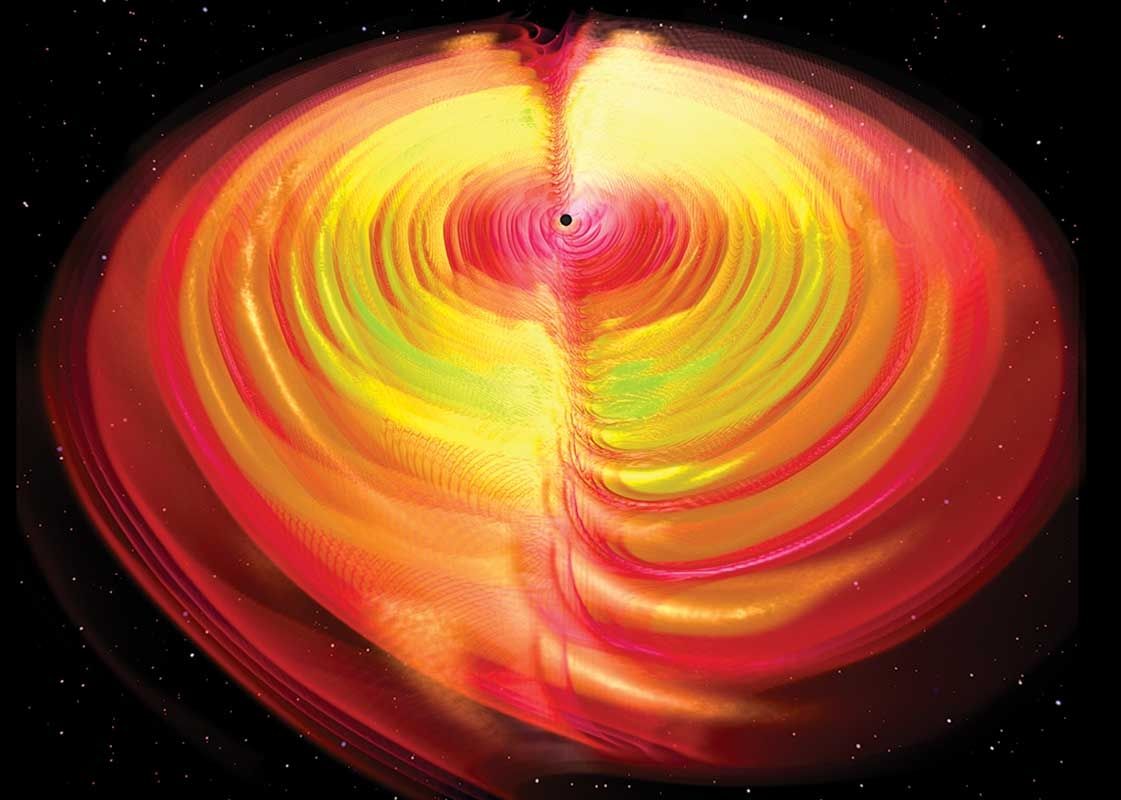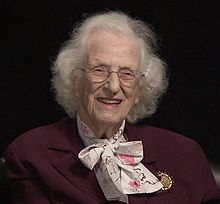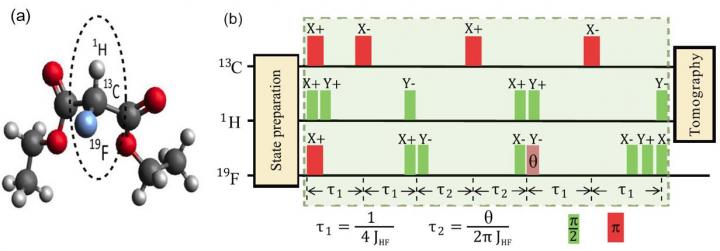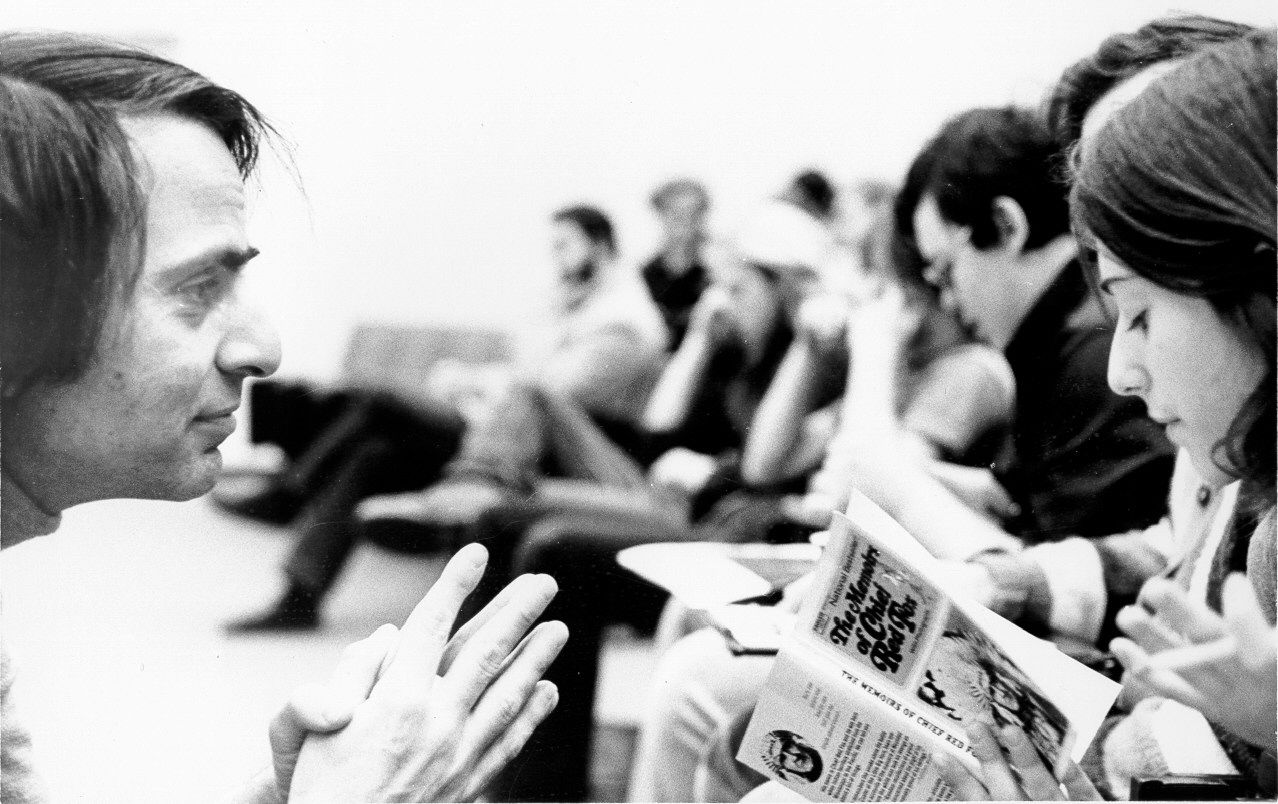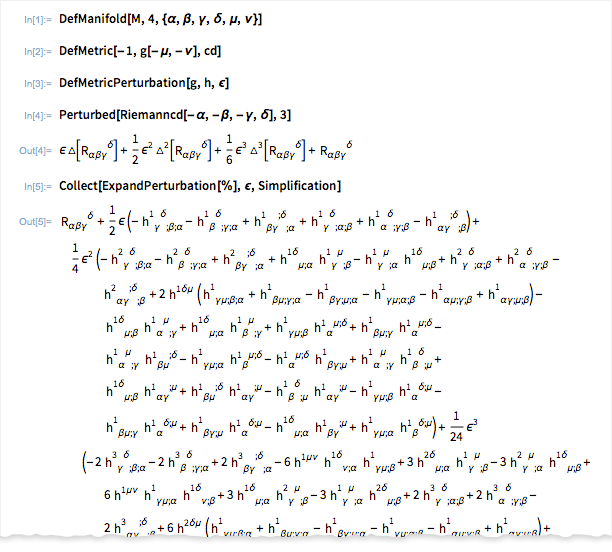Archive for the ‘cosmology’ category: Page 349
Mar 18, 2016
Galactic collisions doom entire star systems to black-hole death
Posted by Sean Brazell in category: cosmology
Star-gobbling black holes tend to inhabit galaxies that have recently collided, suggesting that cosmic pile-ups send whole systems flying.
Mar 17, 2016
Former NASA astronomy, relativity chief to discuss evolution of universe, from Big Bang to black holes
Posted by Karen Hurst in categories: cosmology, evolution
Another amazing female pioneer in STEM and she was a NASA chief astronomer to boot!
A former chief astronomer at NASA will discuss the evolution of the universe from the Big Bang to black holes during a lecture on Thursday, March 24.
It’s the opening of the 19th Annual Dick Smyser Community Lecture Series.
Mar 11, 2016
Chinese scientists realize quantum simulation of the Unruh effect
Posted by Karen Hurst in categories: computing, cosmology, electronics, particle physics, quantum physics
Quantum mechanics and relativity theory are two pillars of modern physics. With their amalgamation, many novel phenomena have been identified. For example, the Unruh effect [1] is one of the most significant outcomes of the quantum field theory. This effect serves as an important tool to investigate phenomena such as thermal emission of particles from black holes and cosmological horizons [2]. It has been 40 years since the discovery of the Unruh effect, however, this effect is too weak to be observed with current technique. There have been a lot of attempts in searching for the observational evidence of the Unruh effect and in general the experimental observation is still of great challenge. To address this issue, quantum simulators [3, 4] may provide a promising approach. Quantum simulation is widely applied for simulating the quantum systems which cannot be efficiently simulated by classical computers or are not directly tractable by the current techniques in the laboratory.
The researchers, led by Prof. Jiangfeng Du from University of Science and Technology of China, reported an experimental simulation of the Unruh effect with an NMR quantum simulator [5]. The experiments were performed on a Bruker Avance III 400MHz spectrometer. The researchers used a sample of 13C, 1H and 19F nuclear spins in chloroform as the NMR quantum simulator, as shown in Figure 1(a). The simulated Unruh effect on the quantum states can be realized by the pulse sequence acting on the sample, as depicted in Figure 1(b). By the quantum simulator, they experimentally demonstrated the behavior of Unruh temperature with acceleration, which agrees nicely with the theoretical prediction, as shown in Figure 2. Furthermore, they investigated the quantum correlations quantified by quantum discord between two fermionic modes as seen by two relatively accelerated observers. It is shown for the first time that the quantum correlations can be created by the Unruh effect from the classically correlated states. This work was recently published in the Science China-Physics, Mechanics & Astronomy.
It is interesting that the Unruh effect was in Feynman’s blackboard as one of the issues to learn at the time of his death in 1988, while it was also Feynman who conceived the idea of quantum simulation in 1982. This quantum simulation of the Unruh effect will provide a promising window to explore the quantum physics of accelerated systems, which widely appear in black hole physics, cosmology and particle physics.
Continue reading “Chinese scientists realize quantum simulation of the Unruh effect” »
Mar 10, 2016
A Strange New Theory of How Space-Time is Emerging
Posted by Andreas Matt in categories: computing, cosmology, quantum physics
“A metaphorical chip holding all the programming for our universe stores information like a quantum computer.” This is the radical insight to the foundation of our Universe developed by Mark Van Raamsdonk, a professor of theoretical physics at the University of British Columbia, that says that the world we see around us is a projection from a set of rules written in simpler, lower-dimensional physics—just as the 2D code in a computer’s memory chip creates an entire virtual 3D world. “What Mark has done is put his finger on a key ingredient of how space-time is emerging: entanglement,” says Gary Horowitz, who studies quantum gravity at the University of California Santa Barbara. Horowitz says this idea has changed how people think about quantum gravity, though it hasn’t yet been universally accepted. “You don’t come across this idea by following other ideas. It requires a strange insight,” Horowitz adds. “He is one of the stars of the younger generation.”
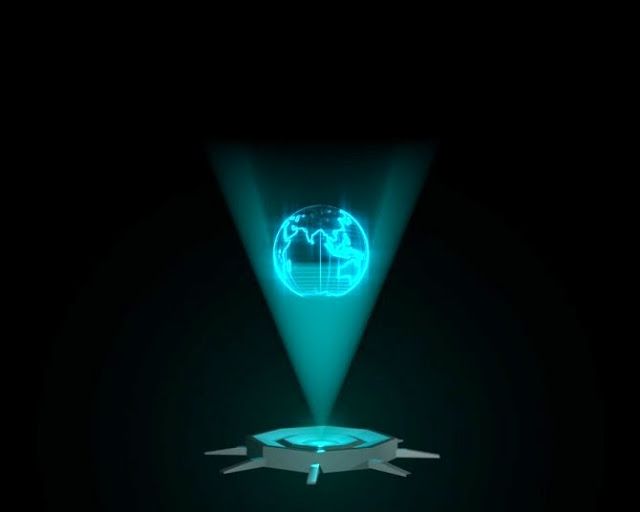
“We’re trying to construct a dictionary,” says Van Raamsdonk, that allows physicists to translate descriptions of our complex universe into simpler terms. If they succeed, they will have found the biggest jigsaw piece in the puzzle of a Grand Unified Theory—something that can describe all of the forces of our universe, at all scales from the atomic to the galactic. That puzzle piece is, specifically, something that can describe gravity within the framework of quantum mechanics, which governs physics on small scales. Such a unified theory is needed to explain the extreme scenarios of a black hole or the first moments of the universe.”
Continue reading “A Strange New Theory of How Space-Time is Emerging” »
Mar 3, 2016
Is Consciousness the Unified Field? A Field Theorist’s Perspective — John Hagelin, SAND11
Posted by Shailesh Prasad in categories: cosmology, neuroscience, physics
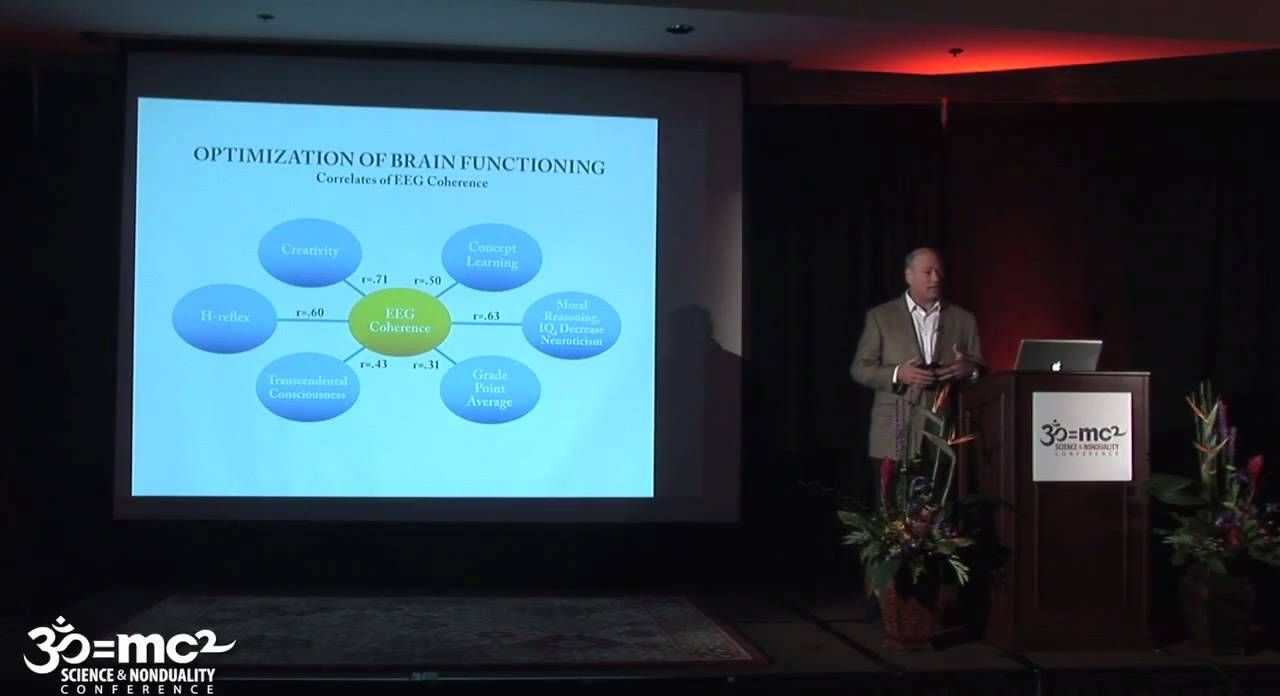
http://www.scienceandnonduality.com
John Hagelin, Director of the Institute of Science, Technology and Public Policy Director of the Board of Advisors for the David Lynch Foundation.
Feb 25, 2016
Prove the Multiverse or Die Trying
Posted by Andreas Matt in categories: cosmology, particle physics, quantum physics
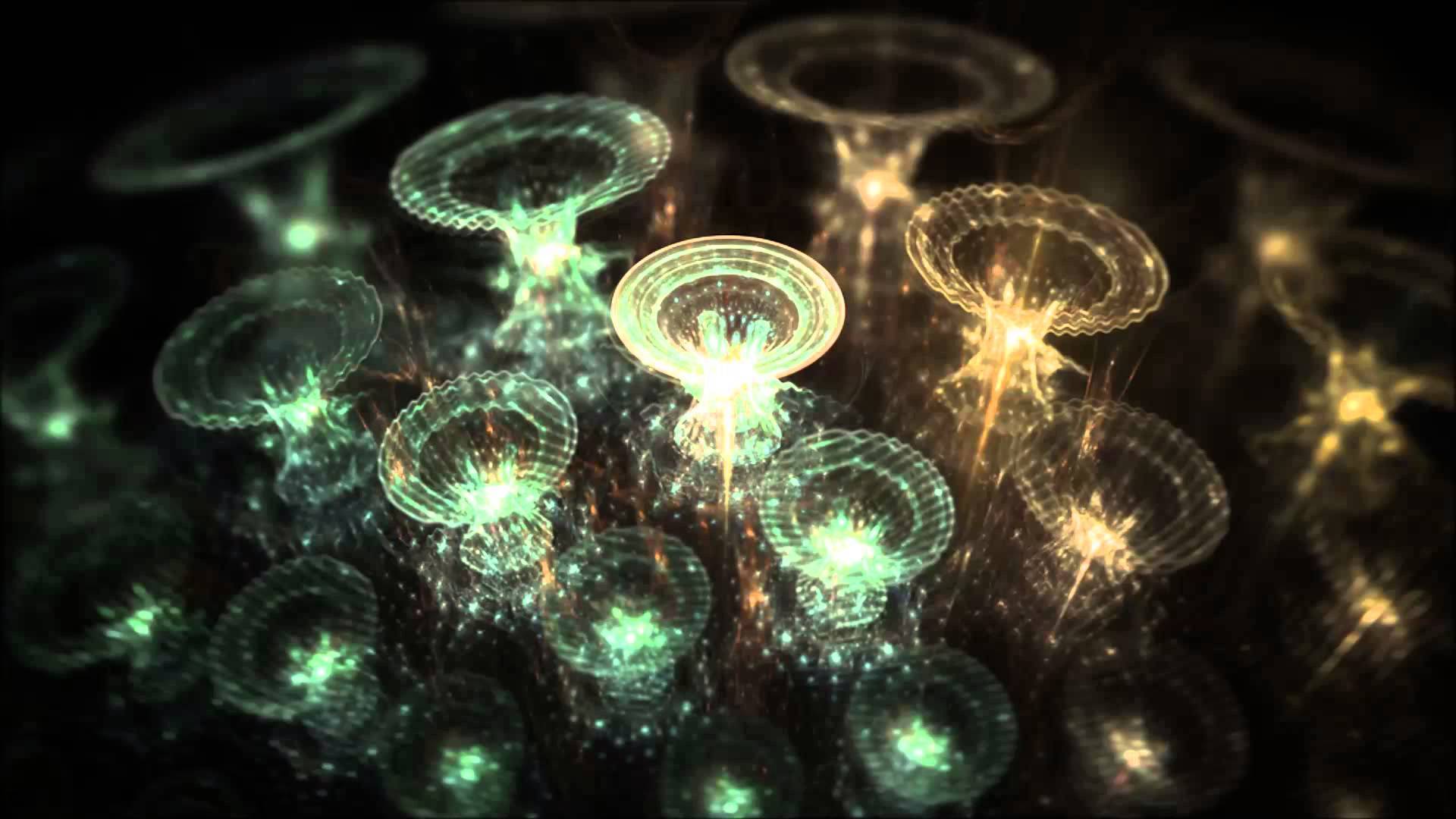
Quantum mechanics is littered with different interpretations, but at the core of the entire school of thought is the question of whether there are multiple universes of not. At the core of this idea is the thought, explicated by quantum mechanics, that everything we observe is simply the collapse of all probable scenarios into one specific outcome. Reality, viewed from that perspective, has a very cluttered cutting room floor. But are the things removed from the reel scraps or alternative narratives? There’s the big question.
To answer that question, we need to dive a bit into the mechanisms of the thing. Quantum mechanics says that all particles in the universe can be represented by what are called “wave functions.” A single wave function basically illustrates all the information about a specific system (i.e. a particle), detailing everything from position to velocity. The wave function itself also outlines all the probable outcomes of that system as well.
Feb 24, 2016
What has changed since “Pale Blue Dot”?
Posted by Philip Raymond in categories: astronomy, cosmology, environmental, ethics, habitats, lifeboat, science, space, space travel, sustainability
I am not an astronomer or astrophysicist. I have never worked for NASA or JPL. But, during my graduate year at Cornell University, I was short on cross-discipline credits, and so I signed up for Carl Sagan’s popular introductory course, Astronomy 101. I was also an amateur photographer, occasionally freelancing for local media—and so the photos shown here, are my own.
By the end of the 70’s, Sagan’s star was high and continuing to rise. He was a staple on the Tonight Show with Johnny Carson, producer and host of the PBS TV series, Cosmos, and he had just written Dragons of Eden, which won him a Pulitzer Prize. He also wrote Contact, which became a blockbuster movie, starring Jodie Foster.
Sagan died in 1996, after three bone marrow transplants to compensate for an inability to produce blood cells. Two years earlier, Sagan wrote a book and narrated a film based on a photo taken from space.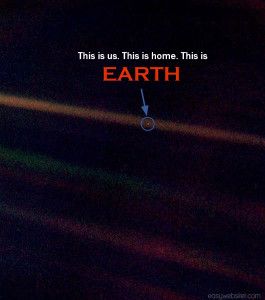
Continue reading “What has changed since ‘Pale Blue Dot’?” »
In celebration of the detection of gravitational waves, Stephen Wolfram looks forward and discusses what technology black holes could make possible.
Feb 23, 2016
Most images of black holes are illustrations. Here’s what our telescopes actually capture
Posted by Sean Brazell in category: cosmology
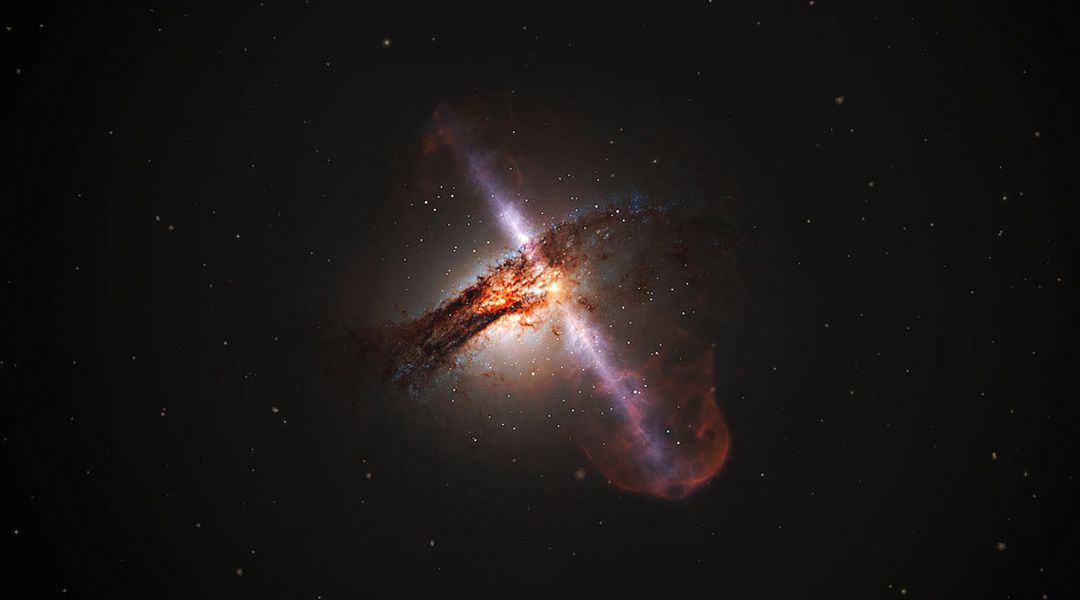
Supermassive black holes are incredibly tiny. So small that we’ve never actually seen one.
